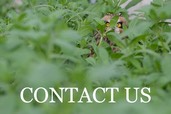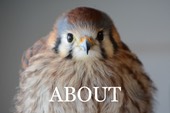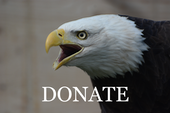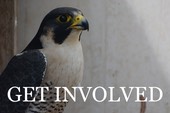Another Sad Eagle Story

An emaciated and very lethargic Bald Eagle was admitted this past Thursday. His blood lead level was 164.5 micrograms/deciliter (20 mcg/dl is considered toxic). Despite our very best effort, he died 23 hours later. The bird had been seen on the ground for one week before we were called. I don’t know if getting him sooner would have changed the outcome, but sooner is always better than later. By the time a wild animal is obviously compromised, they are generally very ill. Wild animals mask any sign of illness or injury as long as they can because they understand any sign of weakness makes them a target for predators.
Second Nestling GHOW

A second nestling Great Horned Owl was admitted this past week. It is smaller than the first nestling. Although it fell a greater distance to the ground, it appears to have fared better. There is some bruising in the left elbow, but there don’t appear to be any fractures. It did have a fairly large “cheesy” lesion in its mouth from a condition falconers refer to as frounce. It is caused by a parasite similar to the one that causes giardia in mammals. Fortunately it quickly responded to treatment and within five days the lesion was easily removed. Since the two owlets are being housed together, both were treated for frounce.
First Baby Owl Followup
The owlet from Eltopia continues to improve. Radiographs taken on day one, five and thirteen (the most recent is first below) show amazing healing. It is still too soon to know if he will be releasable, but being an eternal optimist, I am hopeful!



Raptor Handling Seminar
We welcomed Sid Price, Avian Ambassadors of Albuquerque, NM, and rehabbers from Sisters, Corvallis, Astoria and Issaquah and Walla Walla, WA to Pendleton on Saturday for an awesome seminar. We learned a lot from Sid and from each other. Thank you to Sid and all the attendees. Special thanks to Winnie and volunteer Marilyn for help setting up the room. Marilyn also provided very tasty cookies! We were all so engaged in the program that I forgot to take any pictures, but it is such a wonderful learning opportunity that there are tentative plans to host the 1-day workshop next year.
Spring Is Here
The warm weather has brought back flies and mosquitoes, the vectors for a variety of avian diseases. This past week Samantha found haemoproteus and leukocytozooan, two blood parasites, in a Western Screech Owl.








